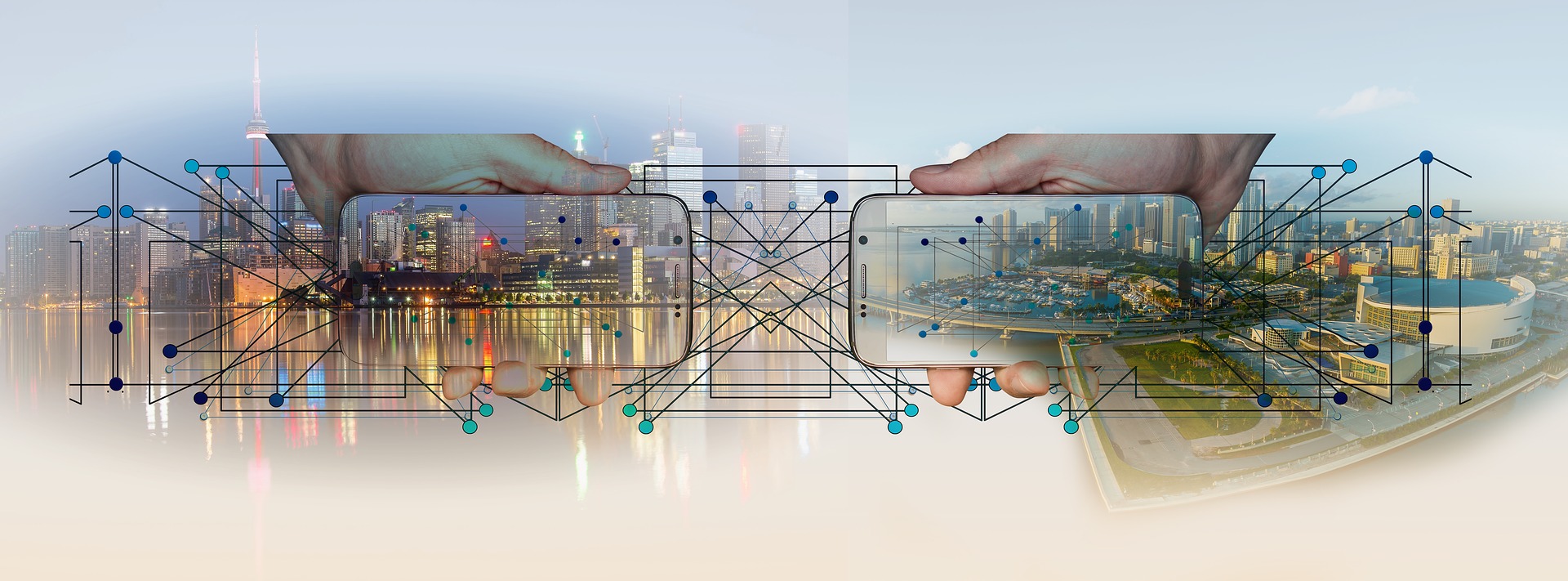Research at MDH will speed up the transition to a climate-neutral transport system

The aim of the project is to create a platform for collaboration and research that speeds up the electrification and efficiency of the Västerås transport system.
By 2050, it is envisaged that the population of Västerås will grow to 200 000 inhabitants. More residents and an expanded business sector will place higher demands on infrastructure as well as the electricity and transport systems. In order to speed up the transition to a climate-neutral transport system, more knowledge is needed about how the actors in electrification, power networks and users can collaborate. At Mälardalen University research in this field is currently being carried out.
- In order to meet a changing energy demand due to a growing population, we need enhanced knowledge about how the current interaction between vehicles, infrastructure and users functions and how it can be developed in the future. We also need to obtain more knowledge about the roles the various actors play ahead of the transition to an electrified transport system, says Eva Thorin, Head of Research at the Future Energy Center research domain at Mälardalen University.
Västerås Municipality has initiated the project, which is called "Preliminary study for efficient and connected transport systems in Västerås", and the project is being conducted in collaboration with Mälardalen University, BioDriv Öst, ABB, Tvinn, Mälarenergi, Bostads AB Mimer and Svealandstrafiken. The aim of the project is to create a platform for collaboration and research that speeds up the electrification and efficiency of the Västerås transport system. This could be, for instance, to create better cooperation between power network companies, the public sector and public transport operators. Thanks to the project, new knowledge will be developed to increase the participants' understanding of their respective roles in the evolving system around electrification, digitisation and servicification of the transport system.
- Put simply, we want to gather knowledge about all the actors in the area of electrification in order to contribute to and accelerate the transition to a climate-neutral transport system. This is particularly important in order to be able to establish action plans and continue the collaboration with a focus on new, innovative transport solutions,” says Eva Thorin.
